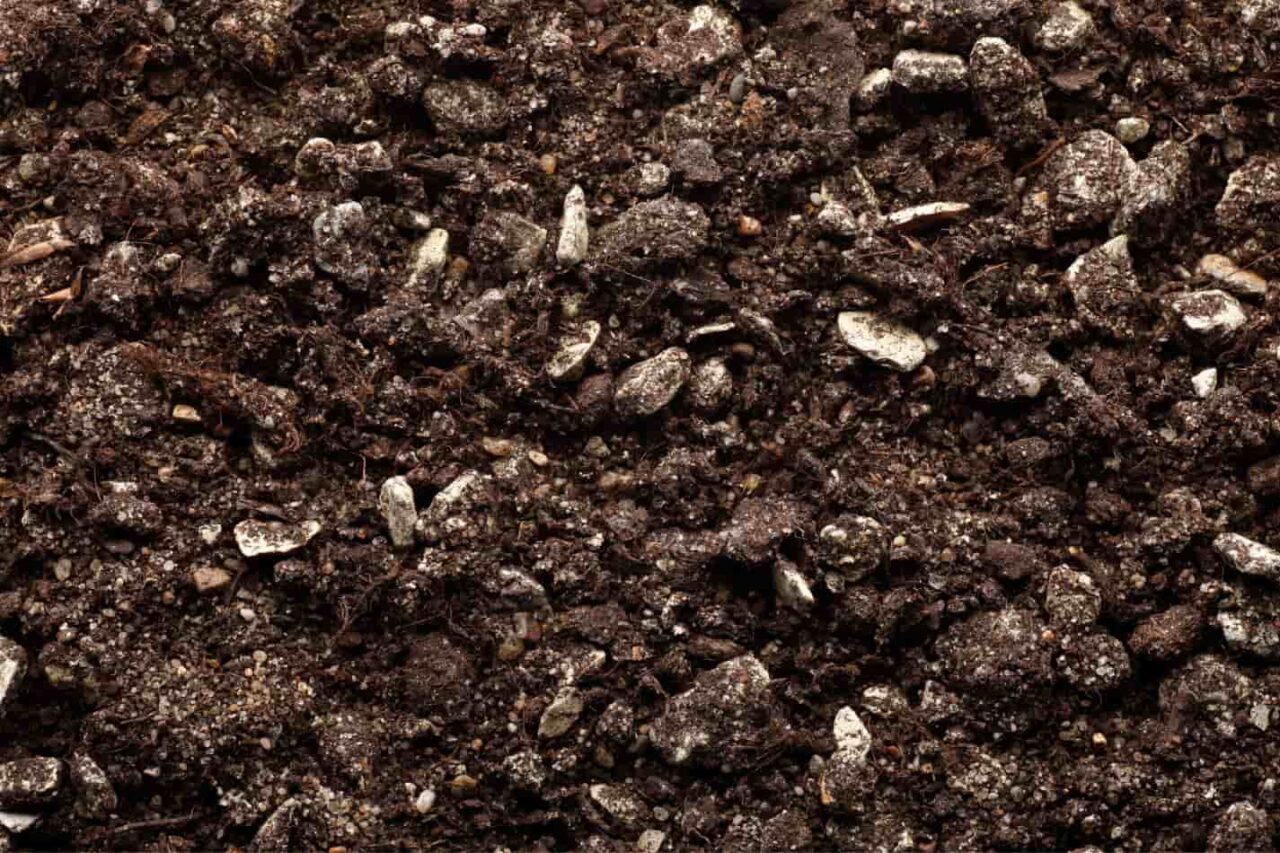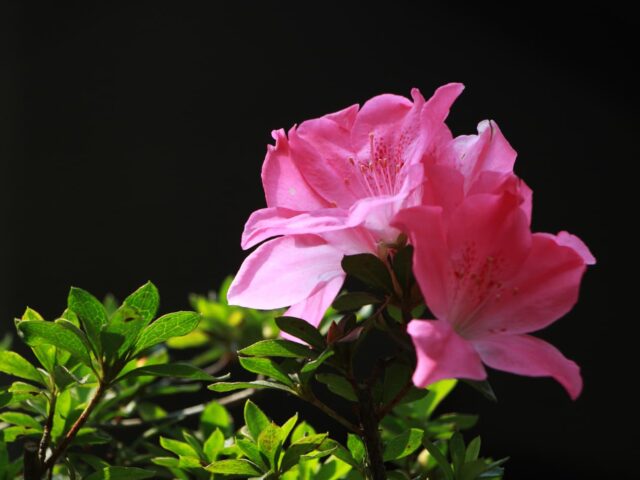If you own a bonsai tree, you’re probably well aware that it doesn’t require constant care. However, they won’t do well if the owner lacks sufficient knowledge about how to care for them, especially if they are unfamiliar with the procedure of bonsai feeding.
Fertilizer is the most important food for a bonsai tree. This is due to the fact that, as indoor plants, they are unable to expand their roots to meet the nutrient requirements. Instead, they are confined in small containers with limited space. Thus, they need adequate fertilizer to make up for the soil’s nutritional content and ensure the plant’s wellbeing.
Knowing when and how much fertilizer to use can be difficult. It’s likely that you’ll be confused by the entire process. So, in this article, I have included all the necessary information regarding the fertilization of bonsai plants. To gain a clear understanding of bonsai feeding, I recommend reading the entire article!

How Important Is Fertilization For Your Bonsai Tree?
The nutrients required by plants are present in the soil. So, when the plants absorb such nutrients, the soil drains away gradually. For cultivated plants such as bonsai, since the trees are not exposed to much soil, the fertilizers work as a substitute.
Instead of working through the natural procedure, the fertilization procedure supplies the nutrients to the bonsai.
Fertilizer’s Suitability
The fertilizers function as a substitute because they contain the three primary components that support a plant’s growth.
Phosphorus: Plants need phosphorus for transferring and storing energy. It also assists in the photosynthesis process.
Nitrogen: This element is the nutrient that goes through the most absorption. They are crucial to a plant’s health and can sustain additional growth.
Potassium: Potassium helps with the immune system of plants by helping them combat rare diseases. It does so through the growth of strong roots. It is the element that caters the best to the strength of a bonsai.
What are the Types of Fertilizers for Bonsai Trees?
Due to the variance of the types of fertilizers available, most plant owners don’t know which one to choose. Using the wrong type of fertilizer will quickly deteriorate the health of your bonsai. So, you must have the proper knowledge.
Form
Bonsai fertilizers primarily come in two forms: liquid and solid. Both contain the three essential nutrients.
- Liquid form: Using liquid fertilizers means that the nutrients will be refilled quickly. Since the concentration is liquid, it spreads at a faster pace. With this option, you must stick to a strict schedule as the liquid can also drain the soil.
- Solid form: The solid fertilizer, also known as granular fertilizer, is to be spread on the soil’s surface. This approach takes time to mix with the soil. It also needs extra preservation and attention as solid fertilizers can burn the roots of the plants. It is also difficult to understand when the next dose should be given
Source
There are both natural and artificially created fertilizers. Both contain the same nutrients. They are:
- Organic fertilizers: They come naturally from seaweed, manure, or fish. This option is more appealing to most bonsai owners but you should know that they do not smell good. In addition, they sometimes attract insects given the materials inside.
- Synthetic fertilizers: They are produced chemically and have a higher nutrient density. If you are looking forward to using this, ensure that the fertilizer is urea-free. Urea is sometimes present as a component since it contains high levels of nitrogen. Yet, the ingestion of too much nitrogen can be harmful to bonsai that are delicate.
Well-known Fertilizers
It can be confusing to pick the best fertilizer for your bonsai. That is why, I have enlisted the most popular ones below.
- Leaves and soul Bonsai Fertilizer Pellets 18-6-8: Bonsai plants respond very well to this fertilizer as they get nourished from root to tip. It helps with leaf production and makes the leaves more vibrant.
- Perfect Plants Liquid Bonsai Fertilizer 9-3-6: Providing fast results, the fertilizer aids in rapid growth and also assists with regular pruning.
- Dyna Gro Bonsai-Pro Liquid Plant Food 7-9-5: This fertilizer has a higher concentration of phosphorus, which offers a better nutritional intake without the risk of burning roots. It also produces fast results and is quite cheap.
What Is The Fertilization Process For Your Bonsai?
The fertilization process does not consist of simply mixing the fertilizers with the soil. You have to consider a lot of external factors such as the season and the type of bonsai you have.
Schedules For Specific Bonsai
- Tropical and sub-tropical bonsai: At the time of the growing season, feed them on a weekly basis, bit by bit. These trees continue to grow throughout the year and hence are to be indulged in every month from autumn to spring. A good fertilizer for this type of plant is the Schultz All Purpose 10-15-10 Plant Food Plus.
- Deciduous bonsai: During its growing season, they should be ingested weekly. Once the leaves begin to fall, stop feeding. A 0-10-0 fertilizer can be given during the autumn and winter.
- Conifer bonsai: This tree should be fertilized every week during the growing season. During the winter, they should be fed only a few times. During the winter and autumn, apply a 0-10-0 fertilizer.
General Procedure
- First, choose between a liquid or solid fertilizer.
- After buying the fertilizer, thoroughly go through the instructions and understand them.
- Before using fertilizer, ensure that the bonsai is properly hydrated.
- Create a feeding schedule, keeping in mind the seasons. Follow it strictly.
- Keep monitoring your plants regularly.
- Do not change the approach to fertilization. You are allowed to if your plant is not responding well to the previous methods.
Additional Things To Keep In Mind
While you now know the most important information, there are still some things that can prevent you from making any mistakes.
- Never fertilize a bonsai that is under stress. This can be a plant that has been potted recently or has been dehydrated. The fertilizer should never be applied directly to dry soil.
- Do not feed your bonsai over the mentioned limit. This can lead to weak foliage, crusty layers forming on top of the soil, falling leaves, and reduced growth.
- In the case of overfeeding, momentarily cease the use of fertilizers, preferably for a month. In the meantime, clean your plant and its roots with water.
What Can You Use in Place of Fertilizers for Your Bonsai?
Although fertilizers are the best option for your bonsai, you can use a natural remedy too, such as coffee beans.
Do not use fresh coffee grounds as they are high in acid. Instead, go for used ones. You can place them directly in the soil and you will see that they help with drainage and water retention.
As the coffee grounds eventually decompose, they will provide nutrition to the soil.
I would still recommend using a fertilizer alongside because it is better not to take risks when it comes to your favorite plants.
Conclusion
As you can see, bonsai trees are not difficult to maintain if you know what you’re doing, especially when it comes to bonsai feeding. A bonsai tree can survive for up to 100 years if treated properly.
It can make a permanent place in your home because of its simple yet appealing appearance. So, now that you’ve read this article, I’m confident you won’t have any problems with bonsai feeding in the future. Wishing you a lovely day ahead!






